Your Search Results
Showing 121 - 130 of 142 results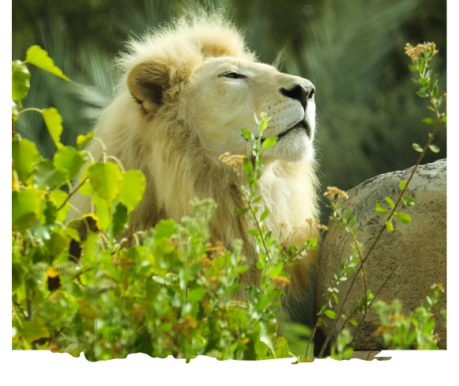
African White Lion
Fact: White lions are a colour form of the African Lion and not a separate species. Habitat: Savanna and forests. Threats: Killed by poachers and has been decimated due to the loss of their natural habitat. Range: South Africa. Additional information: White lions are not albinos. Instead, the white
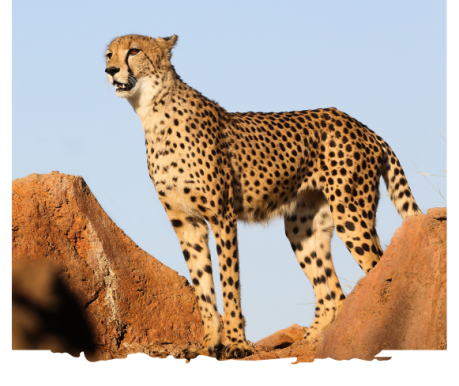
South African Cheetah
Fact: The South African Cheetah, is the biggest of the cheetah species. Cheetahs have poor night vision and only hunt during the day Habitat: Open and partially open savannah. Threats: Habitat loss, conflict with humans and declining prey. Range: Deserts of the Kalahari, the savannahs of Okavango
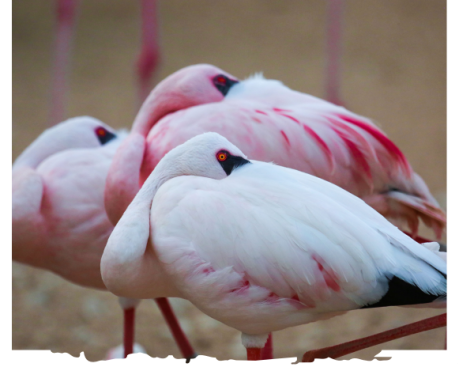
Lesser Flamingo
Fact: They are the smallest of the flamingo family but is believed to be the most numerous. The clearest difference between other flamingos is the more extensive black on the bill. Habitat: Inhabits tropical alkaline and saline lakes, and occasionally coastal lagoons. Threats: Habitat destruction
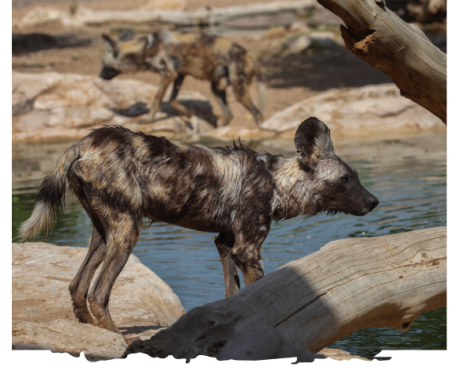
African Wild Dog
Fact: Their large ears are rounded and they differ from other canid species in that they have only 4, rather than 5 toes on their front feet. Habitat: Semi-desert plains, savanna, woodland and upland forest. Threats: Habitat loss and poaching. Range: Eastern and Central Africa. Additional
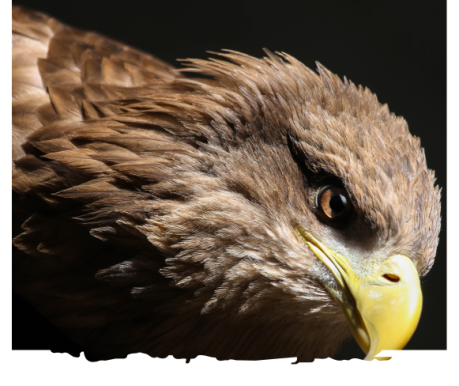
Steppe Eagle
Fact: This is a large eagle with brown upperparts and blackish flight feathers and tail. Habitat: Desert, semi-desert, steppes, and savannah. Threats: Electrocution. Conversion of steepe into agricultural elds, some persecution. Range: Romania, South Russia, Central Asian steppes and Mongolia
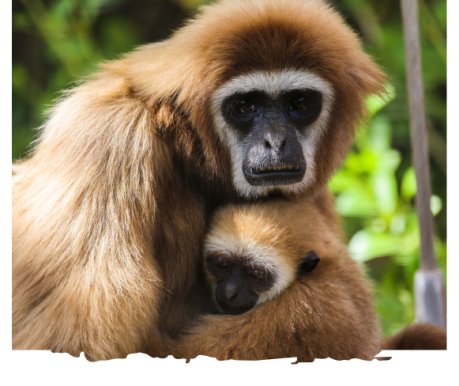
White-handed Gibbon
Fact: Gibbons share features with great apes: large brain, no tail, up-right posture, and broad chest. Habitat: Evergreen, semi-evergreen, and mixed evergreen-deciduous forest. Threats: Hunted both for subsistence food use and for the pet trade. Range: Indonesia, Myanmar, Thailand and Malaysia
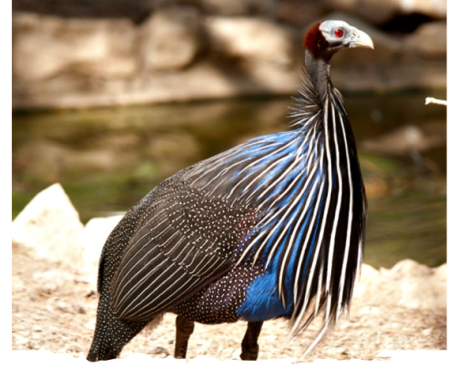
Vulturine Guineafowl
Fact: Vulturine Guineafowls spend most of the time on the ground and are excellent runners but roost up high during the night. Habitat: Dry savannahs and scrublands. Threats: Hunting. Range: Somalia, Southern Ethiopia, Kenya and Tanzania. Additional Information: Their head is bald and resembles like
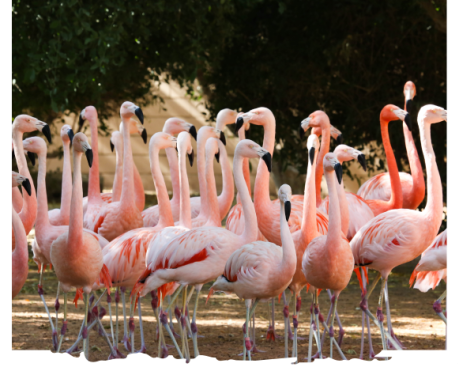
Greater Flamingo
Fact: Greater Flamingos are the largest member of the flamingo family.The bill is pink with a restricted black tip, and the legs are entirely pink. Habitat: lagoons, lakes, inland dams, estuaries, coastal waters, mudflats and open shores. Threats: Habitat disturbance, industrial poisoning. Range
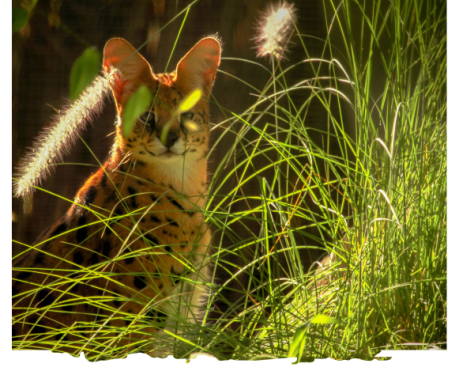
Serval
Fact: Servals can jump three metres into the air to catch birds. They can also reach deep down into water to capture frogs. Habitat: Dry open grasslands, wooded savannas, and moist areas around rainforests. Threats: Hunted for their coats and for meat and habitat loss. Range: Africa from south of
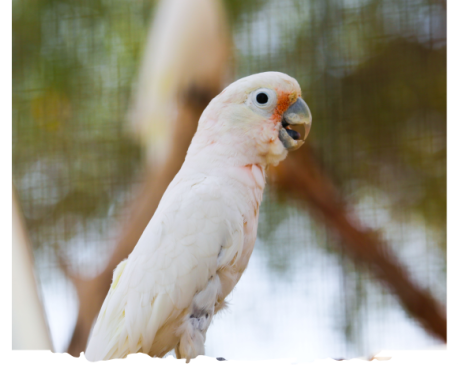
Lesser Sulfur- crested Cockatoo
Fact: This bird looks the same like the Greater Sulphur-crested Cockatoo of Australia, but relatively smaller. Habitat: Forest edges, woodland and cultivated areas. Threats: Wildlife trade and habitat destruction. Range: Indonesia, Papua New Guinea. Additional Information: Their curved bright sulfur